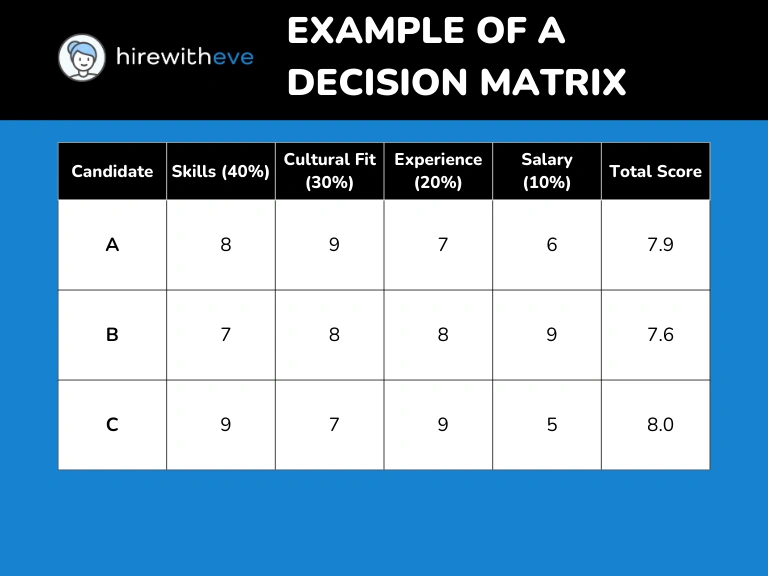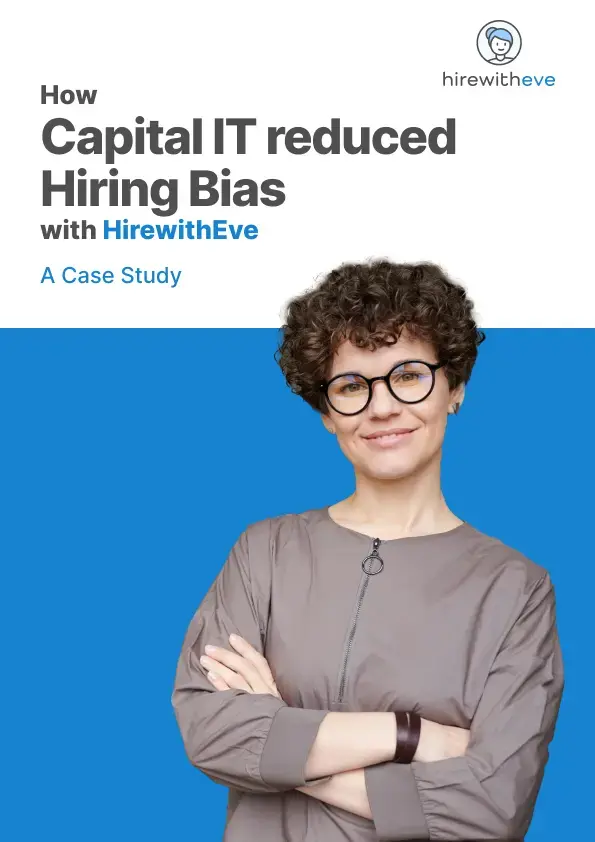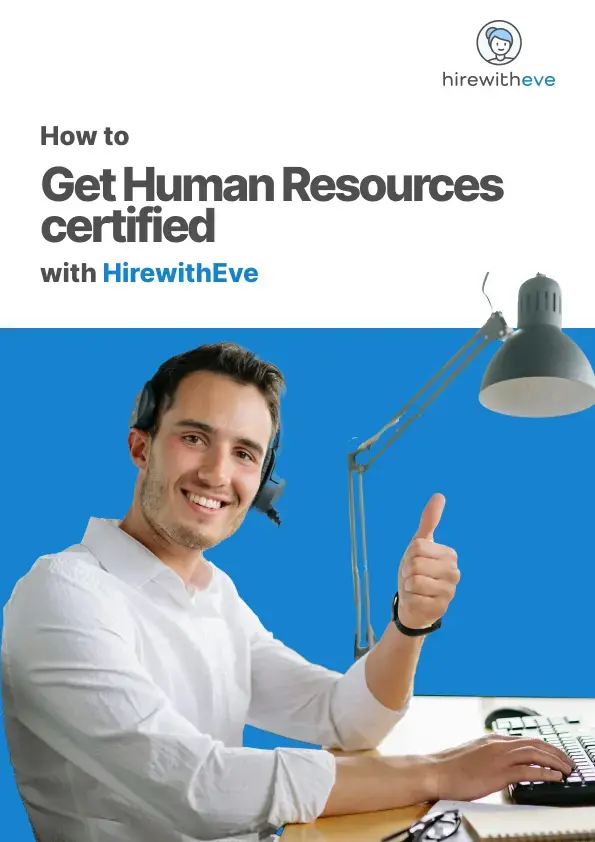What Is a Decision Matrix? Definition, Example, and How to Create One
What Is a Decision Matrix? Definition, Example, and How to Create One

As a talent acquisition specialist or HR manager, making decisions is a critical part of your job. Whether it's selecting the best candidate from a large pool or deciding which recruitment strategy to invest in, the choices you make can significantly impact your organization. One tool that can simplify and improve the decision-making process is a decision matrix. This method is particularly useful when you have multiple options and variables to consider.
A decision matrix allows you to evaluate various factors in a structured way, ensuring that your decisions are data-driven and not based on gut feelings or biases. In this blog, we’ll delve into what a decision matrix is, provide an example, and show you how to create one that fits your needs. Additionally, we’ll discuss how using a decision matrix can be particularly helpful in talent acquisition and recruitment processes.
Table of contents
What Is a Decision Matrix?
A decision matrix is a tool used to evaluate and prioritize a list of options based on specific criteria. The matrix helps in weighing different factors and visualizing how each option stacks up against others. It’s especially useful when you’re dealing with complex decisions that involve multiple variables.
For talent acquisition specialists, a decision matrix can be a lifesaver when trying to decide between candidates, recruitment tools, or even strategies for employer branding. It helps you break down a seemingly overwhelming choice into manageable, quantifiable parts, enabling more objective decision-making.
In the HR world, decisions aren't just about selecting the best candidates; they’re also about ensuring compliance, aligning with company culture, and minimizing long-term risks. A decision matrix can help by providing a clear, quantifiable way to measure each of these factors.
How to Create a Decision Matrix?
Creating a decision matrix is straightforward but requires thoughtful planning to be effective.
Here’s a step-by-step guide to creating one that talent acquisition specialists and HR managers can easily implement:
List Your Options
The first step is to define the choices you need to evaluate. In talent acquisition, this could be a list of potential candidates, recruitment software solutions, or different onboarding strategies.
Define Criteria
Next, determine the factors that are important in making your decision. For instance, if you’re choosing between candidates, your criteria might include skills, cultural fit, experience, and expected salary.
Assign Weights
Not all criteria carry the same importance. In a decision matrix, each factor should be given a weight to signify its importance. For example, skills might be weighted higher than expected salary if technical proficiency is critical for the role.
Score Each Option
Now, evaluate each option against the criteria and give them a score, usually from 1 to 5 or 1 to 10, with 10 being the best score. Ensure that each option is fairly judged against each factor.
Calculate Weighted Scores
Multiply the score for each criterion by its assigned weight, and then sum the totals for each option. The option with the highest total score is typically the best choice.
Example of a Decision Matrix
Let’s walk through an example of a decision matrix for selecting the best candidate for a job. Suppose you’re hiring for a project manager position, and you have three candidates.
Your criteria include:
Skills
Cultural Fit
Experience
Salary Expectation
You might assign weights like this:
Skills: 40%
Cultural Fit: 30%
Experience: 20%
Salary Expectation: 10%
You would then score each candidate on these criteria and multiply by the weights to get the final score. The candidate with the highest total score would be your best choice.

In this scenario, Candidate C would be the preferred choice based on the decision matrix.
Benefits of Using a Decision Matrix in Talent Acquisition
In talent acquisition, making decisions can sometimes feel like trying to solve a puzzle with too many pieces. A decision matrix offers several advantages:
Objective Decision-Making
By relying on weighted scores, a decision matrix removes subjectivity from the equation. This ensures that decisions are based on measurable criteria rather than gut feelings.
Transparency
When multiple stakeholders are involved in the hiring process, a decision matrix provides transparency. Everyone can see how each option was evaluated, reducing disagreements and ensuring alignment across the team.
Time Efficiency
With a clear structure in place, a decision matrix can save significant time in the decision-making process. This is particularly useful in high-volume hiring situations, where multiple roles need to be filled quickly.
Repeatable Process
Once you’ve created a decision matrix, it can be used again for similar decisions. Whether you’re choosing candidates, vendors, or even internal projects, the matrix can be adapted and reused, making it a scalable tool for HR teams.
Conclusion
A decision matrix is an invaluable tool for talent acquisition specialists and HR managers who regularly face complex decisions involving multiple variables. By breaking down the decision-making process into structured, quantifiable parts, the matrix helps ensure that choices are both data-driven and transparent. Whether you’re evaluating candidates, recruitment technologies, or strategies, a decision matrix can help streamline the process and provide clarity.
At HirewithEve, we understand the complexities of modern talent acquisition. Our platform offers advanced tools that can support you in making better hiring decisions, faster. From skills-based assessments to customizable analytics dashboards, HirewithEve provides the solutions you need to stay ahead in a competitive job market. By integrating a decision matrix into your hiring strategy, combined with our platform’s features, you can ensure you’re always selecting the right talent for the job.
In today’s fast-paced business environment, making data-driven decisions is crucial for success, and a decision matrix — combined with the right tools — can be your key to smarter hiring decisions.
Target Your Talent
Unlock tailored solutions for your recruitment and hiring needs with Eve Platform's extensive case study library.
Subscribe now to enhance your HR expertise and excel in your role.
Free Resources

Transforming Hiring: 7 Key Recruiting Metrics
Enhancing recruitment processes with data-driven insights for better hiring outcomes.

Reducing Hiring Bias with Hirewitheve.
Utilizing Hirewitheve to combat bias and streamline recruitment processes effectively.

Hiring Detail-Oriented Candidates
HirewithEve enhances hiring by accurately assessing candidate's attention to detail-oriented.
